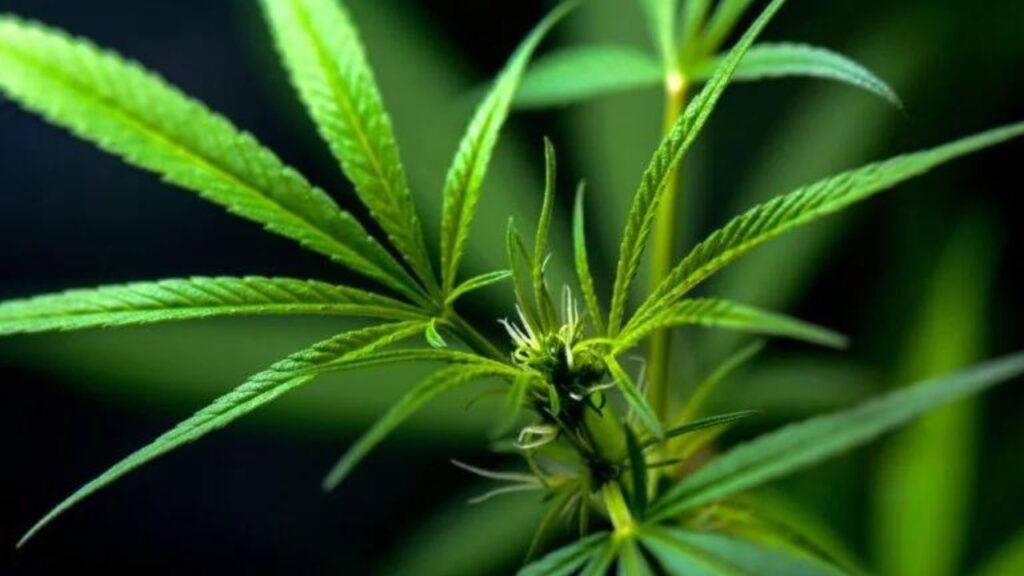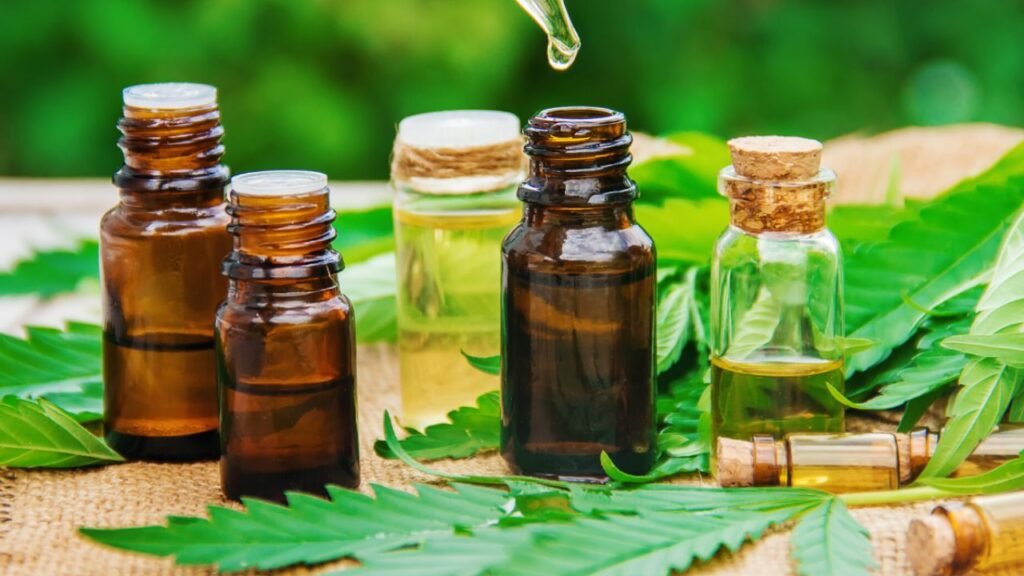Permanent markers, with their bold, indelible ink, are hailed for their ability to create lasting impressions. However, their permanence can sometimes lead to unintended consequences, giving rise to what is colloquially known as the Permanent Marker Strain. In this comprehensive guide, we delve into the science, impact, and cultural significance of this phenomenon, offering insights into its identification, removal, and prevention.
The Science Behind Permanent Markers
The Science Behind Permanent Markers” explores the chemistry that makes these writing tools so indelible. These markers contain a solvent, resin, and pigment mixture. Upon contact with a surface, the solvent evaporates, leaving behind the resin and pigment. The resin adheres to the surface, while the pigment particles embed themselves into it. This bonding process ensures the mark’s longevity.
Additionally, the chemical composition of permanent markers resists water, light, and heat, making them durable on various surfaces. Understanding these scientific principles illuminates why permanent markers leave lasting impressions, both figuratively on surfaces and literally in our Moon Rock Blueberry Pre Roll minds.
Composition of Permanent Markers
The composition of permanent markers typically consists of a solvent, pigment, and resin. The solvent allows the ink to flow smoothly, while the pigment provides color and opacity. The resin acts as a binder, adhering the pigment to the surface. Additionally, permanent markers may contain other additives, such as drying agents or stabilizers, to enhance performance and longevity. This permenant marker strain precise blend ensures that the ink remains vibrant, waterproof, and resistant to fading over time, making it ideal for various white cherry gelato applications.
How do they Create Indelible Marks?
Creating indelible marks requires a blend of precision and Blue Dream Strain permanence. Utilizing specialized tools like engraving implements, tattoo needles, or chemical etching processes, artisans etch or imprint designs onto surfaces with enduring resilience. These marks often penetrate deep into the material, ensuring longevity. In tattooing, pigment is injected into the skin’s dermal layer, becoming a part of the individual’s identity.
Engraving employs sharp tools to carve designs into surfaces like metal or wood, leaving lasting impressions. Chemical etching utilizes acids to corrode designs into metal surfaces, rendering them resistant to fading or wear. These methods craft enduring symbols that withstand the test of permanent marker strain effects time.
Identifying the Permanent Marker Strain
Identifying the Permanent Marker Strain” delves into the investigation of a peculiar bacterial strain with remarkable resilience akin to permanent marker ink. Scientists meticulously examine its genetic makeup, uncovering unique adaptations enabling survival in harsh conditions. Through rigorous experimentation, they unveil its resistance mechanisms and potential applications in biotechnology and environmental remediation.
This strain captivates researchers with its extraordinary properties, sparking curiosity about its evolutionary journey and ecological niche. As scientists decode its secrets, they envision a future where nature’s resilient marvels inspire innovation and sustainable solutions. Symptoms and permanent marker weed strain
Symptoms and Characteristics
encompass a range of observable or reported signs that indicate a particular condition or trait. These can manifest physically, emotionally, or behaviorally, serving as vital indicators for medical diagnoses, psychological assessments, or personality profiling. Symptoms are typically subjective experiences relayed by individuals, while characteristics denote inherent traits or attributes inherent to a person or phenomenon.
Whether it’s the fever and cough indicative of a viral infection or the introverted nature and creativity marking an individual’s personality, understanding symptoms and characteristics is crucial for identification, understanding, and effective management across various domains of human magic marker strain experience.
Diagnosis and Detection Methods
Diagnosis and detection methods encompass a diverse array of techniques utilized in medicine and scientific research to identify diseases, conditions, or abnormalities. These methods range from traditional physical examinations and laboratory tests to cutting-edge imaging technologies and molecular assays.
Through meticulous analysis of symptoms, biomarkers, and physiological parameters, healthcare professionals and researchers employ these methods to accurately diagnose ailments and track their progression. Rapid advancements in technology continually enhance the precision, efficiency, and accessibility of diagnostic and detection methodologies, revolutionizing healthcare delivery worldwide.
Impact on Surfaces
“Impact on Surfaces” delves into the dynamic relationship between force and matter. It explores the aftermath of collisions, revealing the intricate dance of energy transfer and deformation. Whether it’s the graceful imprint of a raindrop on a leaf or the explosive crater left by a meteorite, surfaces bear the marks of these interactions. This phenomenon echoes across scales, from the microscopic realm of atomic collisions to the grandeur of planetary impacts. Through permenant marker strain exploration, we gain insights into the resilience of materials, the formation of landscapes, and the forces that shape our world, painting a vivid portrait of the physical universe.
Effects on Various Surfaces (paper, wood, plastic, etc.)
Effects on various surfaces, such as paper, wood, plastic, etc., encompass a diverse range of interactions influenced by material composition, environmental factors, and applied treatments. Paper may absorb ink, showcasing vivid colors or subtle hues, while wood surfaces can exhibit grain patterns and absorb stains differently.
Plastic surfaces often resist moisture and stains, lending durability and easy maintenance. Each material responds uniquely to environmental conditions, with paper susceptible to yellowing in sunlight, wood prone to warping with changes in humidity, and plastics susceptible to degradation from UV exposure. Understanding these effects informs proper handling, maintenance, and preservation of diverse surfaces.”
Permanent vs. Temporary Markers: a Comparison
Permanent vs. temporary markers: a comparison” explores the distinctions between markers designed for enduring or temporary use. Conversely, temporary markers provide ink that can be easily erased or washed away, perfect for temporary signage or temporary markings. Understanding the differences helps users select the right tool for their specific needs, whether it’s for lasting impressions or temporary messages.
Removal Challenges
“Removal Challenges” explores the intricate dance of bidding farewell to the familiar and embracing the unknown. It navigates the labyrinth of emotions stirred by farewells, from the bittersweet nostalgia of leaving behind cherished memories to the anxious anticipation of new beginnings.
Each step forward is laced with obstacles, from the practical hurdles of logistics to the emotional weight of parting ways with what was once home. Yet, within the tumult of goodbyes lies the promise of growth and transformation. It’s a journey of resilience, where every obstacle becomes a stepping stone towards a brighter tomorrow, illuminated by the beacon of hope.
Psychological Effects
“Psychological Effects” explores the intricate interplay between the mind and behavior, delving into the profound impacts of experiences, thoughts, and emotions on individuals. It scrutinizes the intricate mechanisms underlying human cognition, emotion regulation, and perception, unraveling the complexities of mental health and well-being.
From the subtle nuances of mood fluctuations to the profound transformations wrought by trauma, this field scrutinizes the spectrum of human experience. Through empirical research and theoretical frameworks, it strives to illuminate the processes shaping personality, resilience, and psychopathology, fostering understanding and empathy in the face of the diverse array of psychological phenomena encountered in everyday life.
Prevention Techniques
Prevention Techniques” encompasses a range of proactive measures aimed at averting potential risks or harm. This approach involves identifying vulnerabilities and implementing strategies to mitigate them. It often includes education, training, and the establishment of protocols to promote safety and security. Prevention techniques can span various domains, from healthcare and cybersecurity to environmental conservation and crime prevention.
By focusing on prevention, organizations and individuals seek to preclude undesirable outcomes, safeguarding assets, well-being, and the environment. This proactive stance fosters resilience and minimizes the need for reactive measures, fostering a safer, more sustainable future for communities and ecosystems alike.
Environmental Concerns
Environmental Concerns” encompass the urgent issues surrounding the health and sustainability of our planet. From climate change and deforestation to pollution and species extinction, these concerns highlight the delicate balance between human activity and the natural world. They prompt us to rethink our lifestyles, policies, and industries to mitigate harm and preserve ecosystems for future generations.
Addressing these concerns requires global cooperation, innovative solutions, and a collective commitment to sustainable practices. Ultimately, they remind us of our responsibility as stewards of the Earth and the imperative to act swiftly and decisively to safeguard the environment for all life torch diamond.
Case Studies
Real-life examples of permanent marker mishaps serve as cautionary tales, highlighting the importance of vigilance and responsible marker usage. From accidental doodles on walls to inadvertent markings on important documents, these anecdotes underscore the need for preventive measures.
Cultural Significance
In art and culture, permanent marker stains are imbued with symbolism, representing permanence, resilience, and the passage of time. Artists harness the enduring nature of these marks to create powerful statements and evoke emotional responses from viewers.
As technology advances, so too does the evolution of permanent marker formulations and stain removal techniques. Innovations such as water-soluble inks and eco-friendly solvents promise to redefine the landscape of marker usage and maintenance in the years to come.
Educational Outreach
Educating individuals, particularly children, about the proper use and handling of permanent markers is essential for preventing accidents and minimizing damage. Schools, community centers, and parenting groups play a vital role in promoting awareness and responsible behavior.
Experts in the fields of stain removal and marker manufacturing offer valuable insights into best practices for dealing with permanent marker stains. Their recommendations emphasize the importance of prompt action, gentle cleaning methods, and seeking professional assistance when needed.
Myth Busting
Dispelling common myths about permanent markers, such as the belief that all stains are removable or that certain surfaces are impervious to marking, is crucial for informing the public and dispelling misconceptions. By separating fact from fiction, we empower individuals to make informed choices.
Conclusion:
In conclusion, the Permanent Marker Strain poses unique challenges and opportunities for individuals, communities, and industries alike. By understanding its origins, effects, and preventive measures, we can navigate the complexities of marker usage with confidence and responsibility, ensuring that our marks endure without leaving a lasting strain on our surroundings.
FAQ:
Can Permanent Marker Stains be Removed from Clothing?
While some methods may lighten the stain, complete removal is often difficult to achieve, especially on fabrics with delicate fibers.
Are there any Natural Remedies for Removing Permanent Marker Stains?
Lemon juice, vinegar, and baking soda are often touted as natural stain removers, but their effectiveness varies depending on the type of surface and the severity of the stain.
Do all Permanent Markers contain toxic Chemicals?
Not necessarily. Many manufacturers offer low-odor and non-toxic alternatives that are safer for both users and the environment.
Can Permanent Markers be used on the skin?
While some markers are labeled as safe for skin contact, it’s important to exercise caution and avoid prolonged exposure, especially in sensitive areas.
Is it Possible to Restore Surfaces Damaged by Permanent Marker Stains?
In some cases, professional restoration services may be able to mitigate the damage, but success depends on factors such as the type of surface and the extent of the staining.


